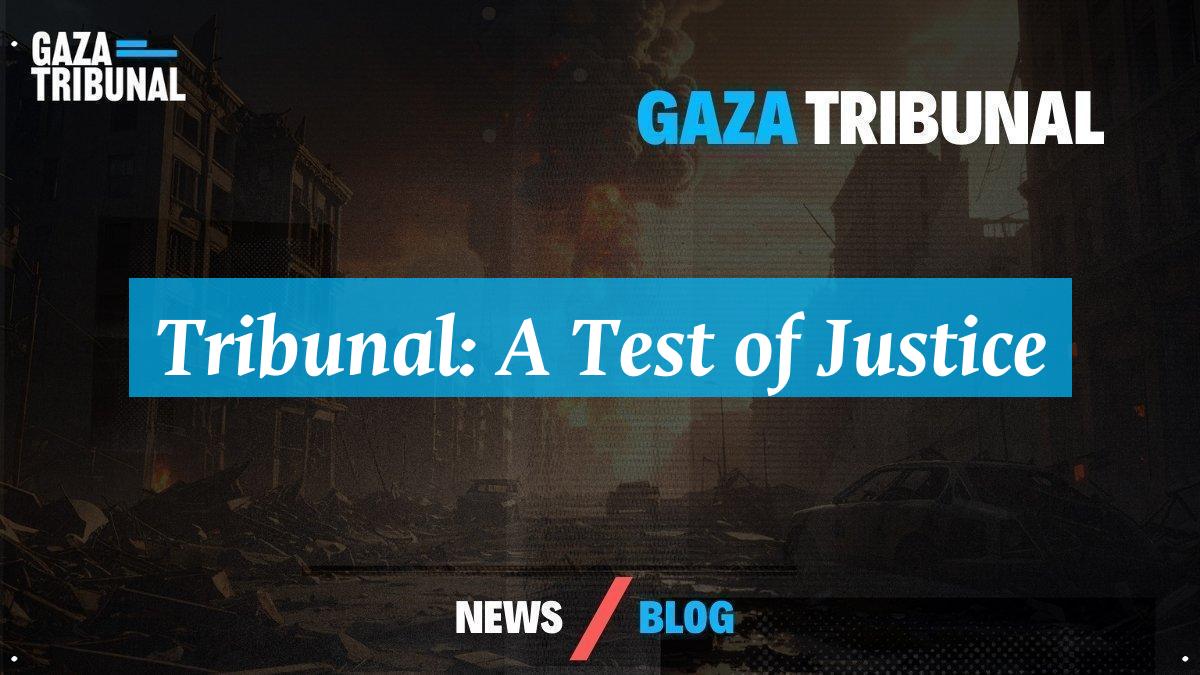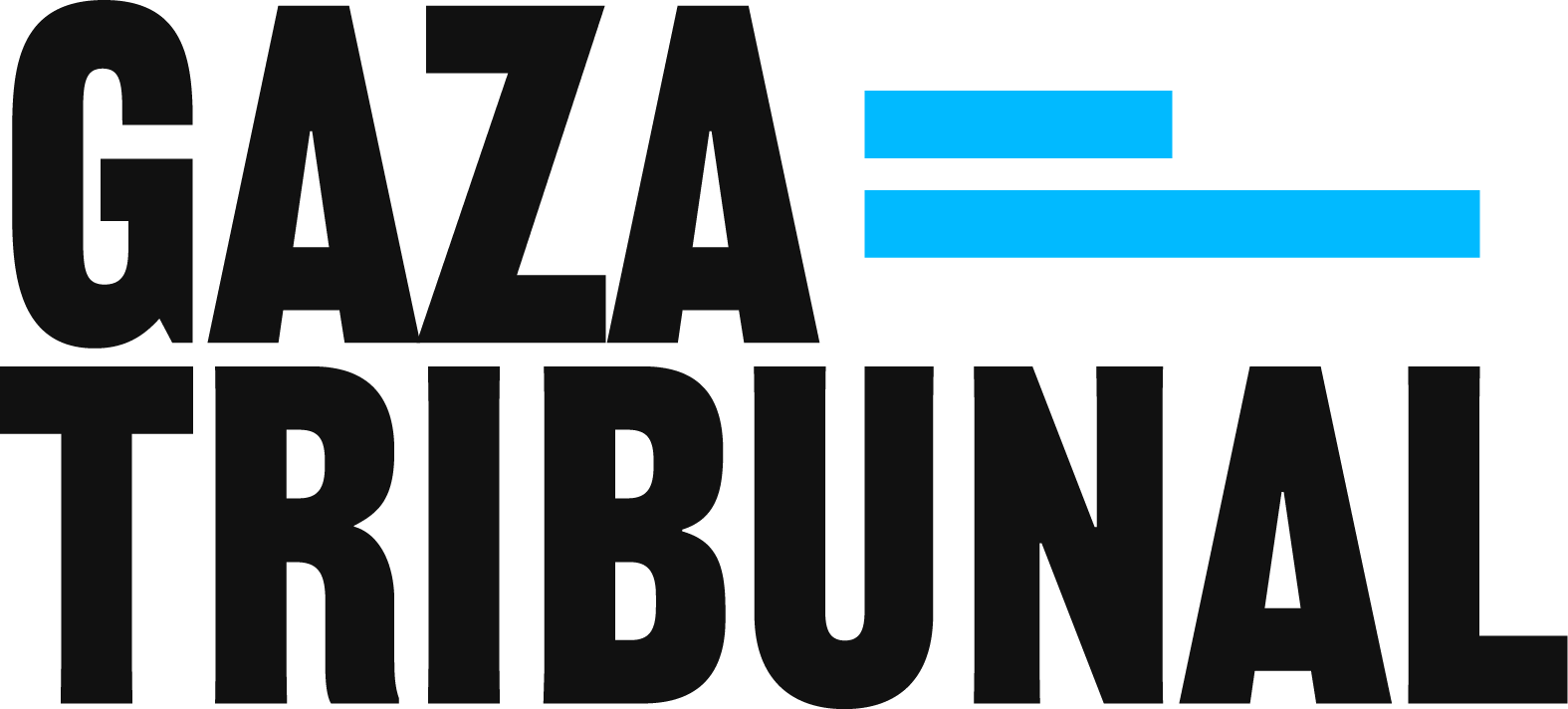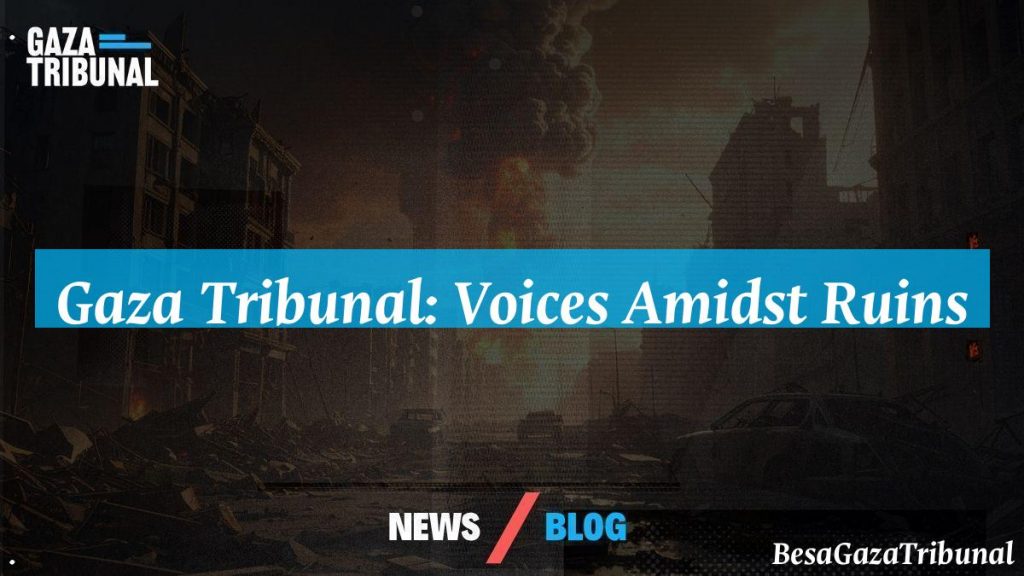Hossam Shabat’s voice resonates with the weight of countless Gaza stories. For him, “Gaza Accountability” embodies not just a name, but a relentless pursuit of truth amid chaos. When he walks the streets of Beit Hanoun—once vibrant with childhood laughter—now reduced to echoes of despair, one can’t help but wonder, how does a place so rich in history find itself scarred repeatedly by war? His experience paints a stark picture of resilience; watching his home collapse time and again became almost a twisted rite of passage. Each demolition carved deeper lines into his spirit, transforming his life into an unintended narrative of survival. Despite these horrors, his passion for journalism surged, reminding us of the human capacity to rise above adversity!
In the aftermath of each bombing, the concept of “Gaza Accountability” became not only essential but an urgent necessity. Hossam was not merely documenting events; he was bearing witness to moments that weighed heavy with grief and loss. Amid the fear, he recalled how the world often turned a blind eye, but his resolve became a lifeline for his community. Capturing these truths transformed him into both a target and a storyteller, underscoring the lengths to which he would go to unveil the realities of his homeland. Reflecting on the sacrifices made for each image he shared, Hossam’s journey compels us to confront challenging questions about our own responsibilities toward witnessing and sharing these narratives. As long as he holds the camera, the world cannot afford to look away!
Gaza Stories – A Life Interrupted

Before the chaos of October 7, Hossam lived a life filled with dreams. He pursued Media and Communication at university, fueled by a passion for photography. “I began at sixteen. Photography was a hobby then, but in Gaza, hobbies turn into responsibilities quickly,” he explains. Each click of the camera promised a story waiting to unfold. Hossam felt the weight of each image he captured. They weren’t just pictures; they were pieces of his reality.
The siege transformed everything. Borders closed, opportunities vanished, and even basic medical care became a luxury. “My father died of cancer because the crossing was closed. Just ‘the crossing is closed’ — that was the answer,” he recalls, his voice heavy with grief. These experiences aren’t isolated; they form a tapestry of Gaza stories, woven with threads of loss and survival. Hossam’s family faced a reality that many outside this conflict cannot fathom. They lived through trauma, each day becoming a testament to resilience.
After October 7: Bearing Witness in Darkness
After the chaos erupted, Hossam stayed in northern Gaza. Many fled, but he chose to remain. With his camera, he became both a target and a lifeline. “Wearing the press vest was the biggest charge against us,” he says, reflecting on the danger. “It felt like carrying a death sentence. Still, families placed their hope in us. They said, ‘we are being slaughtered, and no one hears us.’ We became their voice.” This role weighed on him, yet he embraced it with determination. Hossam understood the power of documentation, the urgency of sharing their stories.
He recalls racing into bombed schools and hospitals, climbing poles just to catch an internet signal. Each clip he sent out was more than news; it was a lifeline, a testament for history. “Every image had a price. We paid with our bodies, with our souls, for these images to reach the world,” he asserts. One massacre remains etched in his mind: the Al-Tabi’in School. “Over 500 martyrs. I stepped on body parts without realizing. Men clutching Qurans, women rushing to dawn prayer — all gone in an instant. It was beyond words.”
Alone, Yet Not Silent
Fifteen months into war, Hossam’s family remains scattered, separated by barriers and danger. He often lived without them, facing hunger and cold. “I ate grass. I ate animal feed. Sometimes, I stood in front of the camera, trembling, while my stomach was empty,” he shares. In the midst of famine and fear, he kept reporting. “Would we stop now, after surviving bullets over our heads? Of course not. Journalism is my path — it started when I was sixteen, and it hasn’t ended.” His resolve shines through even in the darkest moments.
Hossam’s battle extends beyond bombs; hunger gnaws at him. Cut off from his family and with food scarce, he survived on scraps. Yet, he kept the camera rolling, documenting what many chose to ignore. “I won’t let silence prevail,” he insists. Each image, each word, carries the weight of absence. Hossam understands the importance of his role. Not just as a journalist, but as a witness to history. He feels a deep responsibility to share the stories of those who can no longer speak.
What Tomorrow Holds
When asked about the future, Hossam pauses, reflecting deeply. “We haven’t even buried our martyrs yet. It’s too early to talk about leaving. Migration? No. But maybe, when wounds heal, I will travel to study or work. Not to escape — only to return stronger,” he says. His words resonate with hope and determination. For Hossam, journalism is not merely a profession; it serves as his lifeline, a way to navigate through the chaos. He believes storytelling holds the power to connect people, to bridge divides.
His images and words carry the truth of Gaza stories to a world that often looks away. “We wanted the world to know who we are, what we endure. The massacres did not begin on October 7, and they did not end with it. But as long as I breathe, I will hold this camera,” he asserts passionately. Hossam embodies resilience and courage. His journey reminds us of the importance of witnessing and sharing experiences. Thank you for taking the time to listen to these stories; they matter more than you know. Source: Witness Eye.


